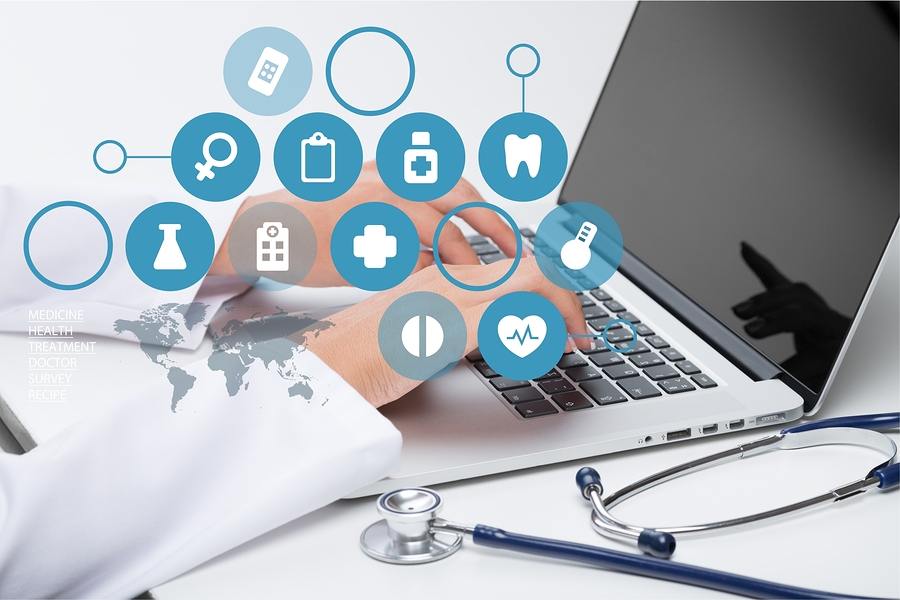
Earlier this year, Forrester announced that we are in a “boom time for software” driven by a combination of the cloud, SaaS and business analytics. The latter component of this growth throughout 2016 and next year will get a “second driver” of this growth through business intelligence (BI) capabilities and applications.
For the healthcare sector, combining the capability to deploy ERP software, like Dynamics GP to Microsoft’s Azure cloud, offers clinics, hospitals and their business partners opportunities for a better ROI on their IT investments.
In the past, before the enactment of the HIPPA laws, patient files and records were handled manually without an ongoing regard for privacy. Today’s use of the cloud by healthcare organizations, according to one survey by the Health Information and Management Systems Society, noted that “ 83% of IT healthcare executives reported they were using cloud services. Earlier this year, MarketsandMarkets reported that cloud services in the healthcare industry would grow from $3.73 billion in 2015 to almost $9.5 billion by 2020.”
For doctors, staff and back office workers using Dynamics GP 2016 in Microsoft Azure’s cloud, for example, will mean access to healthcare databases. In addition, an increase in BI analytics provided by Dynamics GP, points to more effective methods of providing patient care and disease prevention; thanks to “database of information from professionals all over the world to monitor trends in disease.”
In fact, Gartner notes that “by 2019, public cloud service providers will handle 20 percent of healthcare provider IT workloads.”
Contact us to learn more about the use of Microsoft Azure cloud and Dynamics software can help your healthcare organization grow and succeed.
{{cta(‘f8946c79-8bab-44fd-9cd0-e0100203a233’)}}





